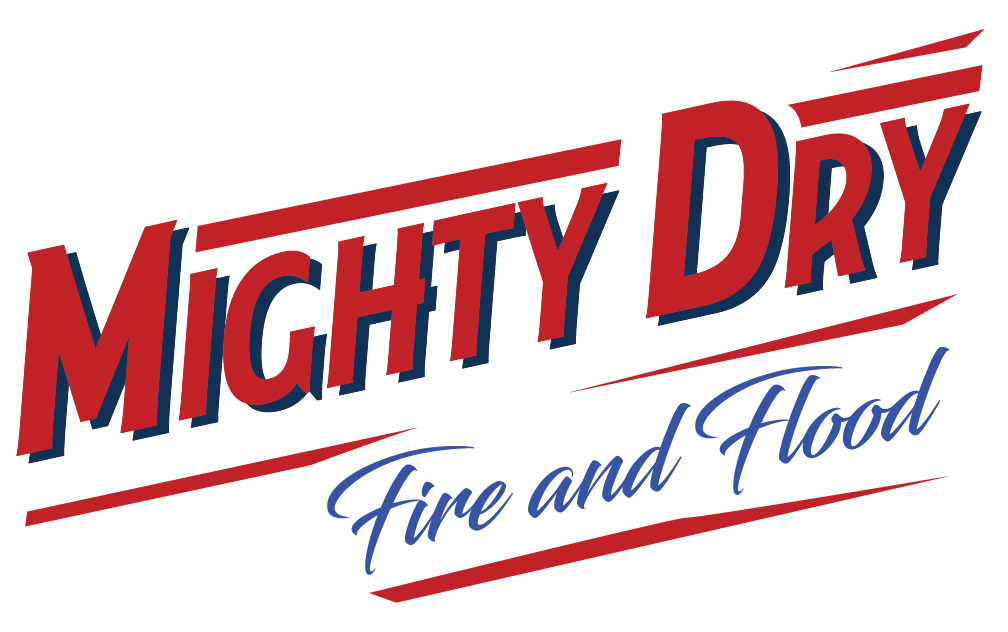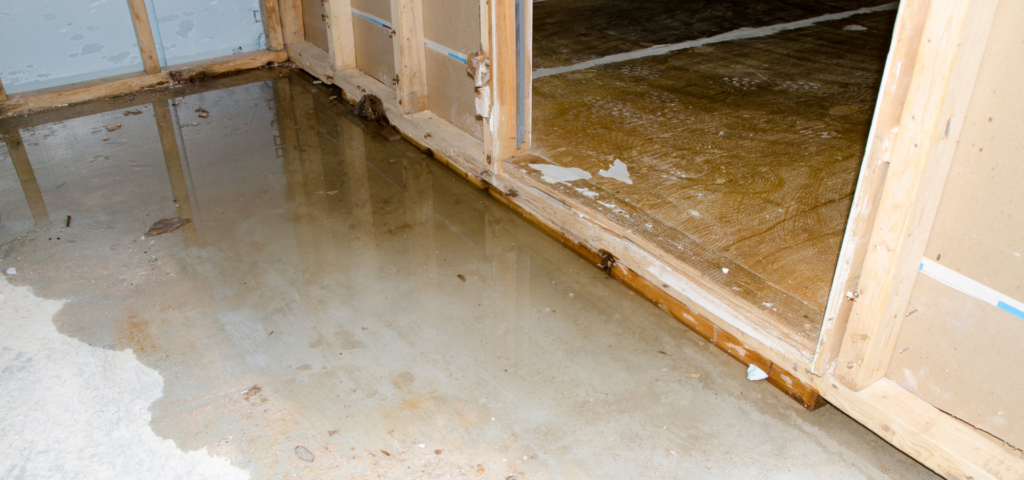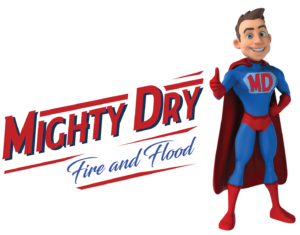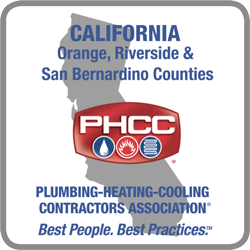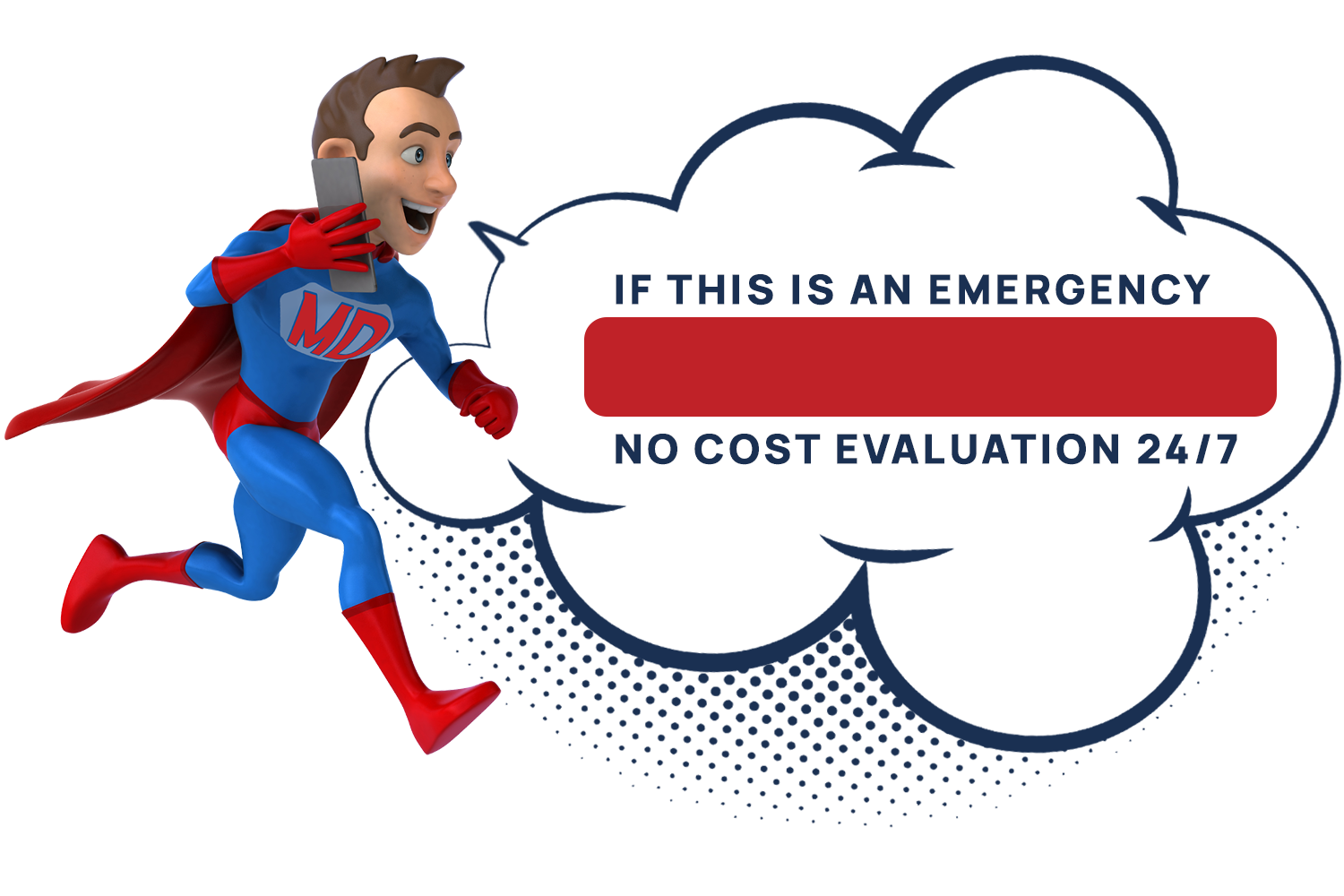Water damage is something no homeowner ever wants to experience. It can ruin your flooring, walls, furniture, and even pose health concerns from the spread of contamination. Some of the most common causes of water damage in homes are leaky pipes, storms and natural disasters, broken appliances, and more. Unfortunately, water damage is not only stressful but costly. Let’s take a look at how the water type plays a role in estimating the damage costs.
Water Type
White water
White water damage is the least costly type of water damage. This is because it contains no harmful bacteria, and is considered “clean.” It comes from sources such as leaky faucets, sprinkler systems, water heaters, and rainwater. While white water damage does not require decontamination, it still causes structural harm to the home. This will typically cost $3.74-$4.25 per square foot.
Gray Water
Gray water damage is more costly than white water damage. Gray water comes from washing machines, dishwashers, and showers. While this water does not contain hazardous waste, it can contain bacteria. This will typically cost $4.10-$6.50 per square foot.
Black Water
Black water damage is the most severe, as it contains harmful, toxic bacteria that can be hazardous to health. Black water comes from sewers and toilets, containing fecal matter. Decontamination is required on top of cleanup, which costs around $7.50 per square foot.
The Extent of the Damage
Water damage ranges in severity, as different amounts of water will require different amounts of repairs. The more repairs needed, the more costly the restoration. Let’s talk about the different extents of water damage.
Minimal Damage
Minimal water damage is the least severe and least costly. This type of damage is usually a minor leak that might make a section of a room damp.
Damage to a Whole Room
Whole room damage is considered water damage that affects an entire room, including up to a foot of drywall damage. Drywall sometimes needs to be removed in this situation and mold prevention is necessary.
Saturation
Saturation is when water damage affects walls, ceilings, floors, etc. This requires water and moisture removal, mold prevention and removal, and possibly all new drywall and flooring.
Long-Standing Water Damage
Long-standing water damage is the most severe. This usually occurs from flash floods and natural disasters and affects structures made of stone and brick. Because stone and brick do not absorb water, it takes much more work and time to remove.
Mighty Dry Is Here to Help
Overall, the type of water, extent of damage, and size of the area affected all determine the cost of restoration. Water damage is never something you want or expect, but it does happen. Luckily, Mighty Dry specializes in water damage restoration and we are happy to help! We can even help you submit your insurance claims to alleviate any stress or confusion you may have. Call us today at (858) 900-3311 to get a free evaluation of your damages!

